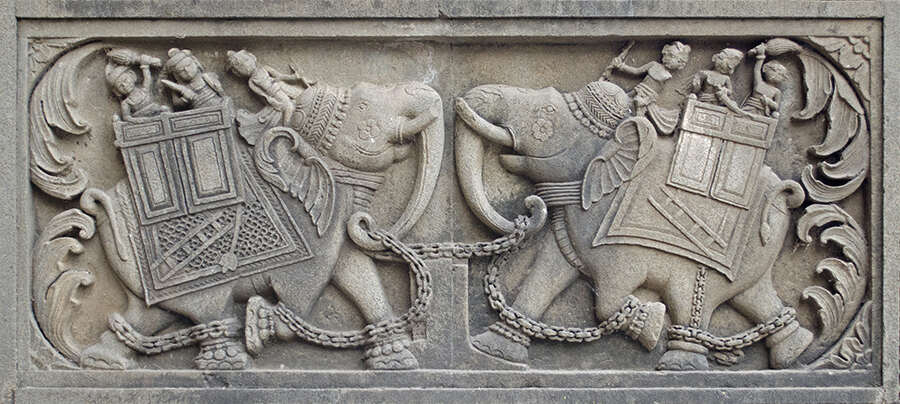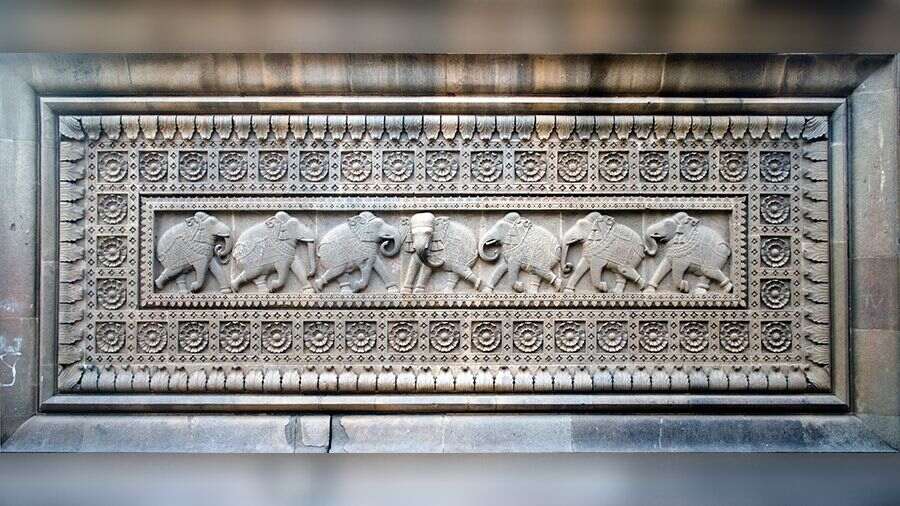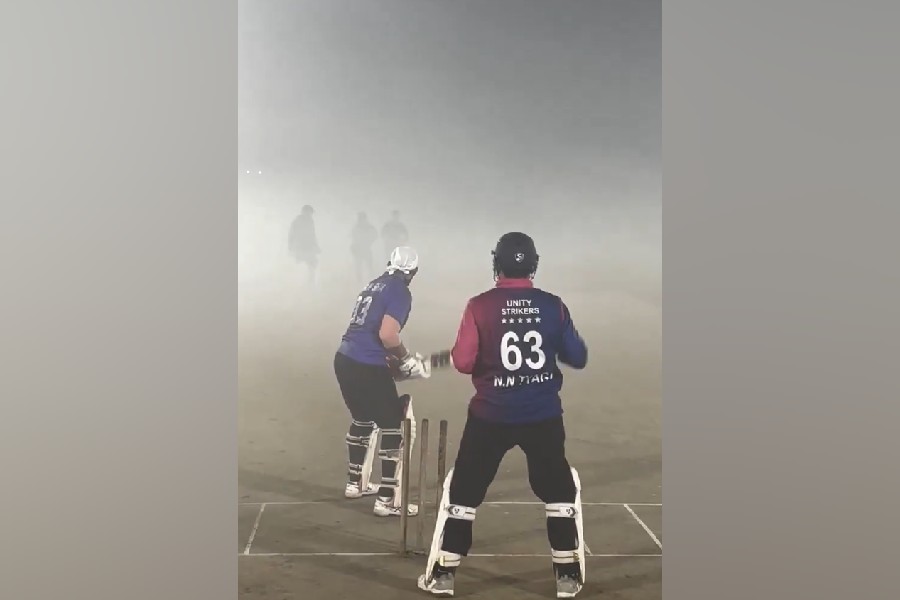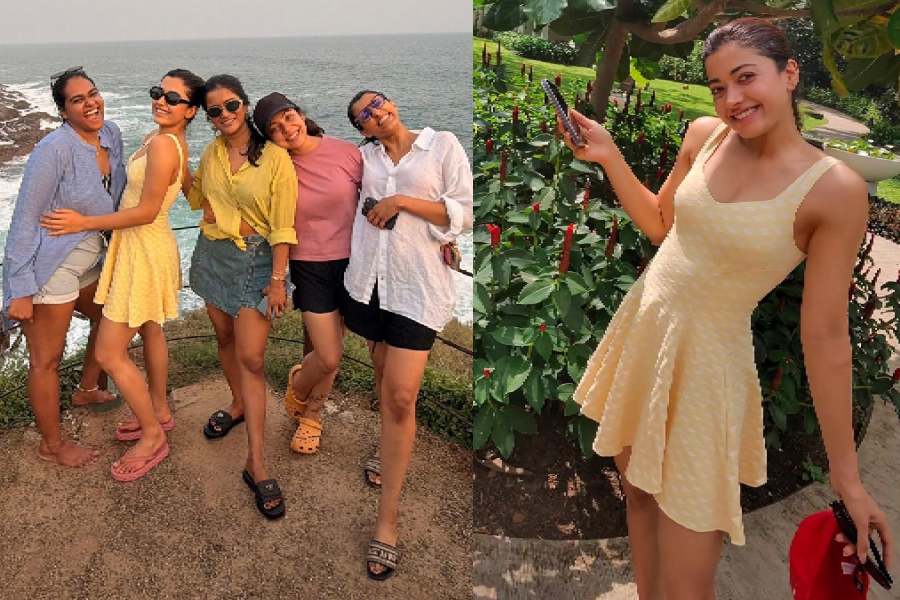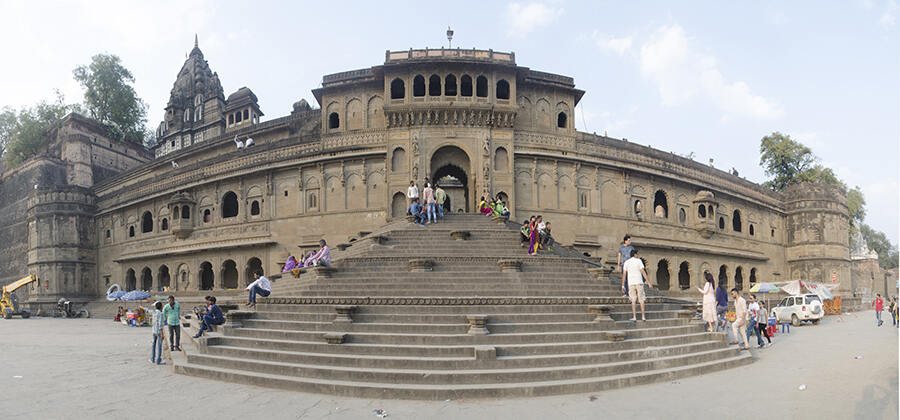
The walls of the massive Maheshwar Fort rise out of the banks of the Narmada River to almost 100 feet and the first sprawls on the north bank of the river. The first fort complex is older, but the present complex dates back to the time of Ahilya Bai Holkar (reign 1767-95). Among one of India’s most famous rulers, Ahilya Bai was the wife of Khande Rao Holkar and daughter in law of Malhar Rao Holkar, the founder of Holkar dynasty
All images by Rangan Datta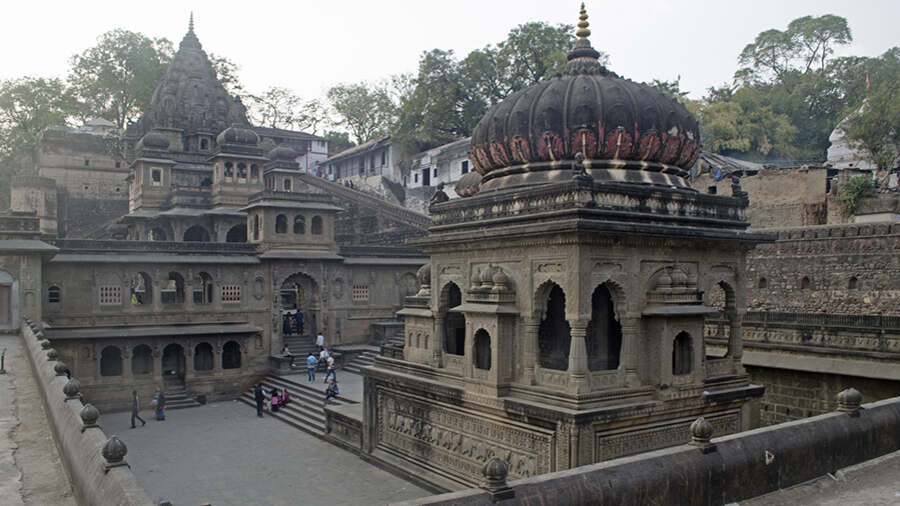
The best views of the Maheshwar Fort are obtained from the bank of the Narmada River. A long flight of steps leads directly from the river to the massive arched gateway of the cenotaph complex (in picture). The domed cenotaphs (locally known as ‘chhatris’) are a common architectural feature in central and western India, and house the ashes of the deceased
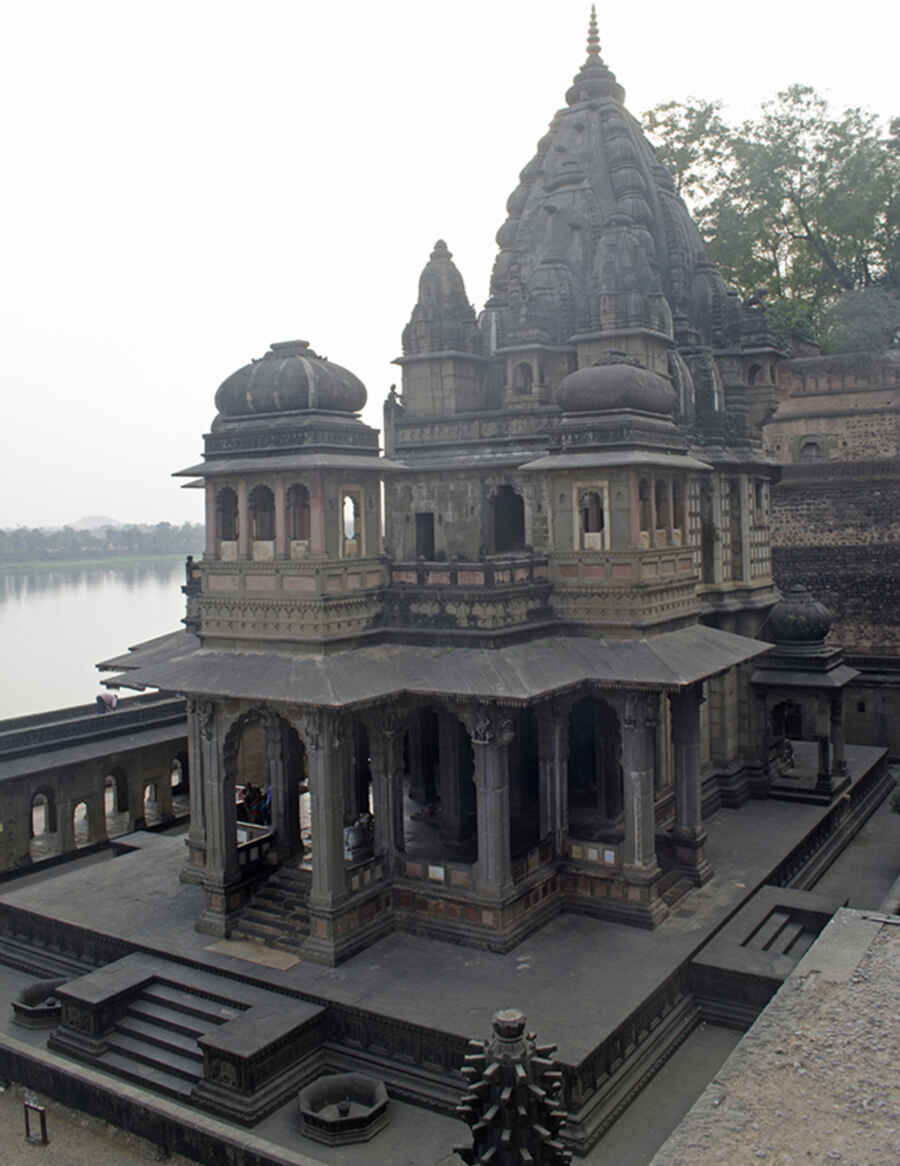
The larger of the two cenotaphs belong to Ahilya Bai and was commissioned by her daughter Krishna Bai. It is also known as Ahilyeshwar Shivalaya since the inner sanctum has a ‘shivalinga’, along with a statue of Ahilya Bai. The cenotaph is designed as a pillared ‘mandapa’ built in the Nagara style and stands on a raised platform with beautiful floral and geometric friezes on its side. Its towering black curvilinear tower is capped with a brass finial
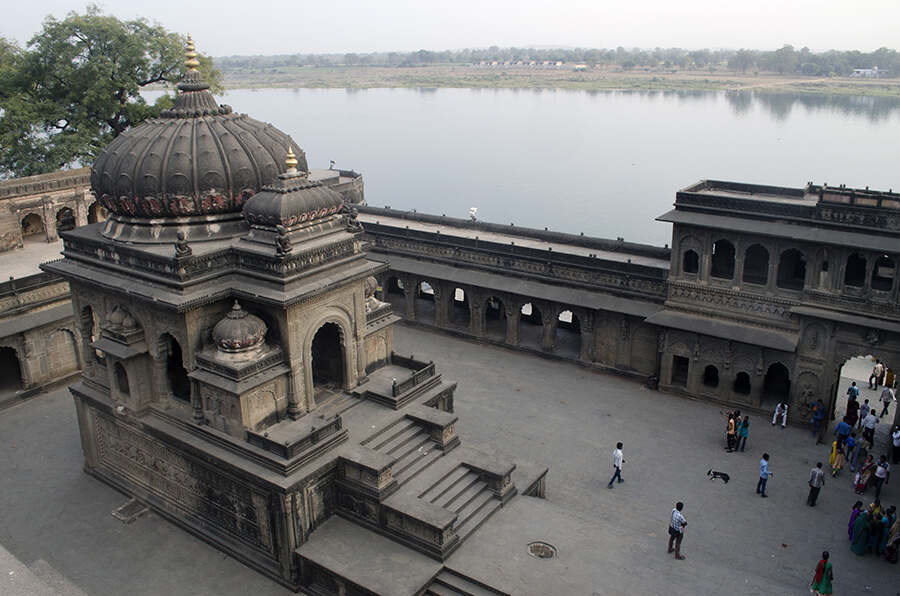
The other cenotaph belongs to Vithoji Rao Holkar, the younger brother of Yashwant Rao Holkar, who was the son of Ahilya Bai’s nephew and successor. Vithoji Rao plundered the Peshwa territories and was finally captured by Peshwa Baji Rao II. He was killed in 1801 — trampled by an elephant. His ashes were brought back to Maheshwar and placed in this cenotaph
